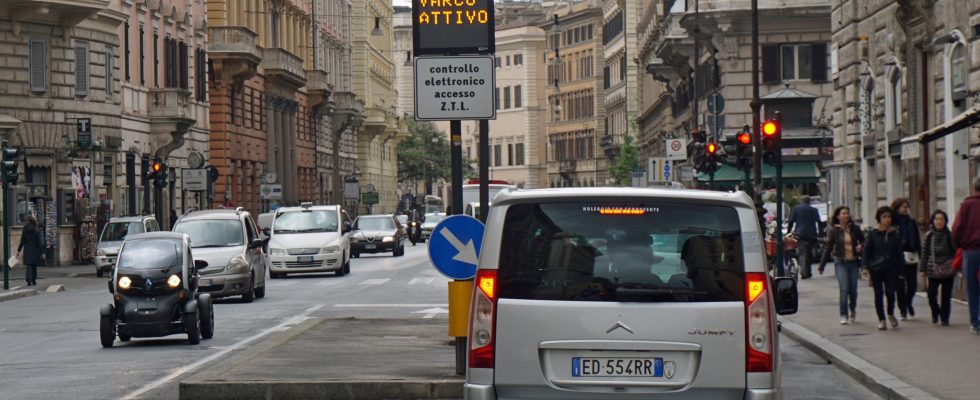ZTL. The acronym has entered the everyday language of Italians as “Limited traffic zone“ is now part of the urban landscape. No less than 300 town centers across the entire peninsula have areas in which only local residents’ vehicles and taxis, public transport and emergency services can circulate at specific times. Others face a fine ranging from 85 to 300 euros. A sign demarcates each entrance to a ZTL, which is controlled by video surveillance and sometimes overlaps with pedestrian zones. The speed is most often limited to 30 kilometers per hour.
In a country with a dense urban fabric and great heritage wealth, the idea of establishing ZTLs to preserve monuments from pollution began to mature in the 1970s. Cars were gradually banned from city centers in the early 1990s, first in Bologna, then in Rome in 1994 with daytime and nighttime ZTLs, depending on the neighborhood. An initiative which has continued to extend throughout the territory, even if tensions arose in Naples in 2013 with violent demonstrations by traders seeing it as an obstacle to their activity. Reluctance shared by motorists in a country which, with 663 cars per thousand inhabitants, ranks second among European nations on this criterion, behind Luxembourg.
The argument of ZTL promoters is always identical. Don’t they help improve air quality, pedestrian safety and reduce noise pollution? Were they not effective among the Romans who live in the fifth most congested city in Europe? And yet, the ZTLs remain criticized. They are accused of creating a barrier to entry into the bourgeois neighborhoods of historic centers, to the detriment of the working classes living on the outskirts.
They are above all perceived as “pernicious money machines”. The entrance to the ZTL is in fact not physically blocked. Announced by a simple sign or discreet warning lights, its limits often escape the driver’s attention. Who inevitably pays for his mistake with automatic fines generated by an electronic plate control system.
In Rome, we assume. To reduce the city’s abysmal debt, the municipal council has set itself the objective in 2023 of collecting at least 248 million euros thanks to road fines, notably from the ZTL. The political risk, it is true, seems measured: in 80% of cases these concern drivers… who are not residents of Rome.
The mayor, Roberto Gualtieri, also assures that the ZTL will encourage the use of public transport and promises 11 new tram lines. The Romans remain doubtful, and for good reason. In the Italian capital, there are only three metro lines, the municipal public transport agency is plagued by debts and absenteeism, just as the deadlines for completing projects are reaching pharaonic levels.
Roberto Gualtieri, however, was unable to avoid an outcry by announcing the introduction of a Green Fascia or “Green Zone” to reduce air pollution and improve air quality in the heart of the city. Originally, this was to be introduced on November 1 and impose traffic restrictions on certain types of vehicles, based on their polluting emissions. Alas, the councilor judged it preferable to finally postpone their introduction for a year, probably for fear that the green zones and other ZTLs would end up being transformed into ZADs…
